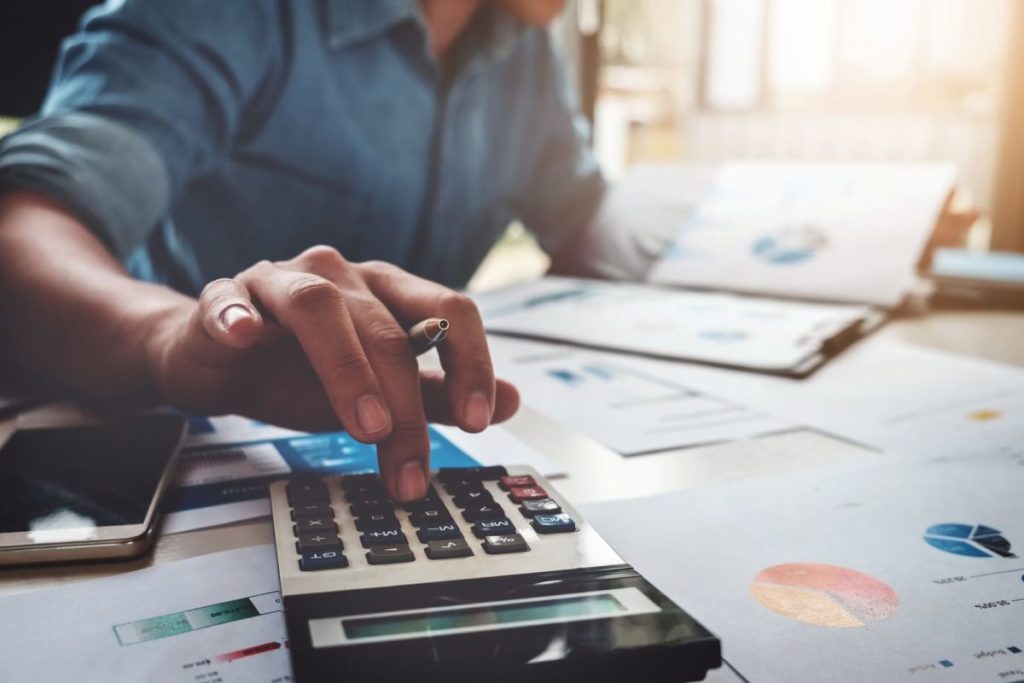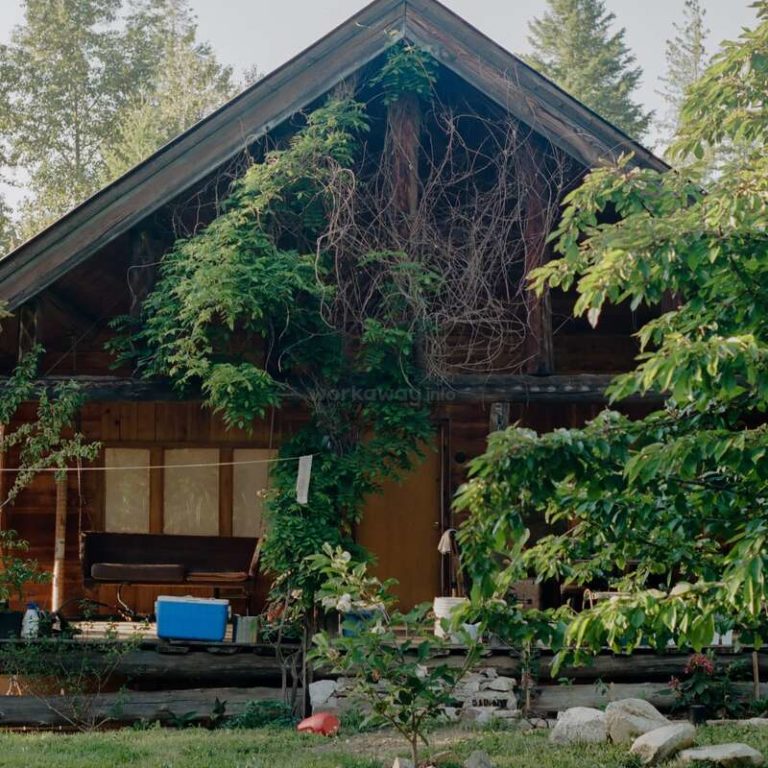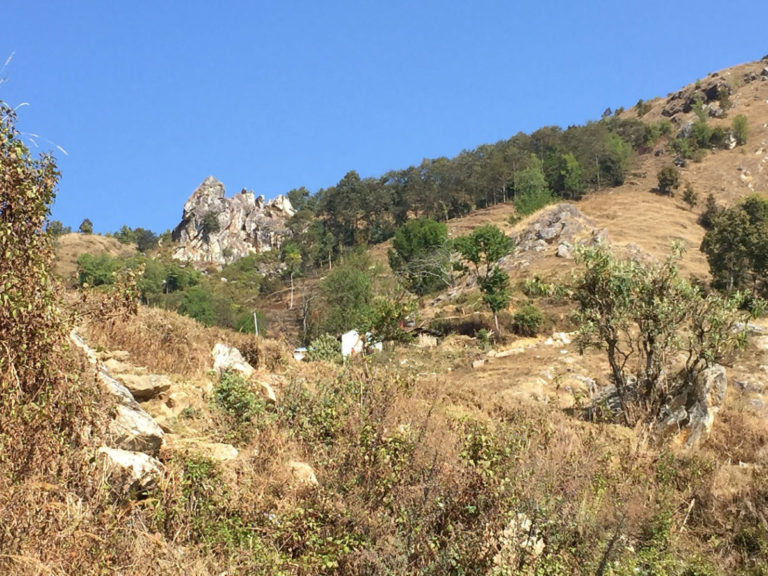When transitioning to off-grid living, it is important to carefully consider the costs involved and plan a realistic budget.
From purchasing land and equipment to constructing structures and maintaining systems, the financial investment required for an off-grid lifestyle can be significant.
However, by breaking down these costs into manageable categories and developing a comprehensive financial plan, you can successfully navigate the fiscal challenges of off-grid living and enjoy the benefits of self-sufficiency and sustainability.
We will explore the various expenses associated with off-grid living and provide practical tips for calculating your own budget and making informed decisions about your financial investments.
Determine your energy needs
Start by calculating your energy needs, including heating, cooling, lighting, and powering appliances. This will help you determine the size and type of renewable energy system you’ll need.
This includes estimating the amount of energy required for heating, cooling, lighting, and powering appliances in your home or business.
You can use a energy audit or energy consumption assessment to identify how much energy you currently use and where you can make improvements.
This will help you determine the size and type of renewable energy system you’ll need to meet your energy needs.
For example, if you live in a cold climate, you may need a larger solar panel system to compensate for the reduced sunlight during winter months.
If you have a large home or business with many energy-intensive appliances, you may need a more powerful renewable energy system to meet your energy demands.
By accurately calculating your energy needs, you can ensure that your renewable energy system is sized correctly and provides the necessary power for your energy needs.
Assess your resources
Consider the resources you have available to you, such as sunlight, wind, and water. This will help you determine which renewable energy systems are best for your location.
To select the most appropriate renewable energy system for your location, it is essential to consider the resources you have available to you.
For instance, if your location receives ample sunlight throughout the year, a solar panel system may be the best choice.
Similarly, if your location has strong winds, a wind turbine system could be an effective option.
If you have access to a reliable source of water, a hydroelectric system may be a good fit.
By considering the resources available in your area, you can determine which renewable energy system is most suitable for your location and begin to enjoy the benefits of clean, renewable energy.
This paragraph highlights the importance of evaluating the available resources in your area when selecting a renewable energy system.
By considering factors such as sunlight, wind, and water, you can choose the most appropriate system for your location and maximize its potential for providing clean, renewable energy.
This information can help individuals and communities make informed decisions about their energy needs and take steps towards a more sustainable future.
Research cost-effective options
Research different renewable energy systems and their associated costs. Consider the upfront costs, as well as ongoing maintenance and repair costs.
When considering renewable energy systems, it’s important to evaluate not only the upfront costs but also the ongoing maintenance and repair costs.
The upfront costs of renewable energy systems can vary widely depending on the type of system and the location of the installation.
For example, the cost of solar panels can range from $2.50 to $4 per watt, while the cost of wind turbines can range from $2,000 to $5,000 per kilowatt.
However, these costs are rapidly decreasing as technology advances and economies of scale are achieved.
In addition to the upfront costs, it’s important to consider the ongoing maintenance and repair costs associated with each renewable energy system.
For example, solar panels require regular cleaning and inspection to ensure optimal performance, while wind turbines may require periodic maintenance of the gearbox and generator.
Overall, careful research and consideration of all costs is essential when selecting a renewable energy system to ensure a successful and cost-effective transition to clean energy.
Consider the cost of land
If you’re purchasing land for your off-grid living setup, consider the cost of the land itself, as well as any additional fees or taxes associated with the purchase.
When it comes to creating an off-grid living setup on a plot of land you’ve purchased, it’s essential to consider the total cost of the land itself, as well as any additional fees or taxes associated with the purchase.
You will need to consider the initial purchase price of the land, which will vary depending on factors such as location, size, and zoning restrictions.
It is important to do your research and compare prices in different areas to find the best value for your money.
In addition to the initial purchase price, there may be other costs associated with the land that you need to be aware of.
For example, there may be property taxes, which can vary depending on the location and size of the land.
You may need to pay for surveys, appraisals, and title insurance to ensure that you have clear ownership of the property and that there are no unexpected liens or encumbrances on the land.
To illustrate this, suppose you’re looking to purchase a 5-acre plot of land in a rural area.
The initial purchase price of the land may be $200,000, but you also need to budget for additional fees and taxes.
The annual property taxes on this land may be around $3,000, and you may need to pay an additional $5,000 for a survey and $2,000 for title insurance.
Therefore, your total costs for this land purchase would be around $210,000 ($200,000 for the initial purchase price + $3,000 for property taxes + $5,000 for a survey + $2,000 for title insurance).
It is important to factor in these additional costs when budgeting for your off-grid living setup, as they can quickly add up and catch you off guard if you’re not prepared.
Being aware of these costs can help you make a more informed decision about the land you purchase and avoid any potential financial surprises.
Plan for infrastructure costs
Consider the costs of building or installing infrastructure, such as wells, septic systems, and electrical systems.
When it comes to building or installing infrastructure, it’s important to consider the long-term costs associated with each system.
For example, a well can cost anywhere from $10,000 to $30,000, depending on the depth and location of the well, as well as the type of pump and filtration system needed.
Septic systems can range in cost from $3,000 to $10,000, depending on the size of the system and the materials used.
Electrical systems can cost anywhere from $5,000 to $20,000, depending on the size and complexity of the system, as well as the distance from the nearest power source.
These costs can add up quickly, so it’s important to carefully consider your options and budget accordingly before making a decision.
Estimate ongoing costs
Estimate ongoing costs, such as fuel for generators or wood for heating, as well as the cost of maintenance and repairs for your renewable energy systems.
Estimating ongoing costs is a important step in preparing for the long-term financial sustainability of your renewable energy systems.
One of the most significant ongoing costs is the fuel for generators, which can vary depending on the type of fuel used and the size of the generator.
For example, diesel fuel can cost between $2 and $5 per gallon, while propane can cost between $1.50 and $3 per gallon.
You will need to consider the cost of maintenance and repairs for your renewable energy systems, which can include routine cleaning and inspection of solar panels, wind turbines, and other equipment.
These costs can range from a few hundred dollars to several thousand dollars per year, depending on the complexity and size of your system.
It is essential to carefully consider these ongoing costs to ensure that your renewable energy system is financially sustainable in the long term.
Plan for contingencies
Consider the possibility of unexpected expenses and plan for contingencies, such as equipment failures or unexpected changes in weather patterns.
When hosting an outdoor event, it’s essential to consider the possibility of unexpected expenses and plan for contingencies.
Unexpected expenses can arise from a variety of sources, such as equipment failures, unexpected changes in weather patterns, or last-minute modifications to your event plan.
To mitigate the risk of these expenses, it’s important to have a comprehensive contingency plan in place.
This plan should include a budget for unforeseen expenses, as well as a backup plan for each potential contingency.
For example, if you’re hosting an outdoor wedding and the weather forecast suddenly changes, you may need to have a backup indoor venue or a tent on standby to ensure that your event can proceed without a hitch.
It’s important to have a reliable equipment provider and a contingency plan for equipment failures, such as having a backup generator or a spare sound system.
By planning for contingencies, you can minimize the risk of unexpected expenses and ensure that your outdoor event runs smoothly, no matter what Mother Nature throws your way.
Create a long-term budget
Create a long-term budget that accounts for all of these costs, as well as any potential changes in your energy needs or resources over time. This will help you plan and prepare for the financial realities of off-grid living.
As you embark on the transition to off-grid living, it is important to create a long-term budget that accounts for all of the costs associated with this lifestyle change.
This budget should not only include the upfront costs of purchasing or constructing your off-grid home and installing the necessary systems, but also consider ongoing expenses such as energy and maintenance costs.
You should anticipate potential changes in your energy needs or resources over time and factor these into your budget.
For example, if you plan to use solar panels to generate electricity, you may need to account for the cost of replacing batteries or other components every 5-10 years.
By creating a comprehensive budget that considers all of these factors, you can effectively plan and prepare for the financial realities of off-grid living, ensuring a smooth and successful transition.
Want More? Dive Deeper Here!
Hey there! If you’re the type who loves going down the rabbit hole of information (like we do), you’re in the right spot. We’ve pulled together some cool reads and resources that dive a bit deeper into the stuff we chat about on our site. Whether you’re just killing time or super into the topic, these picks might just be what you’re looking for. Happy reading!






